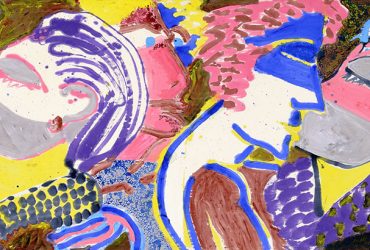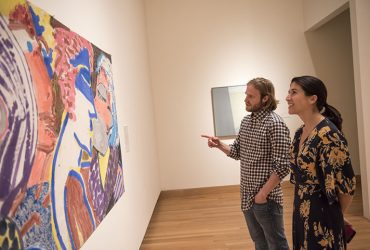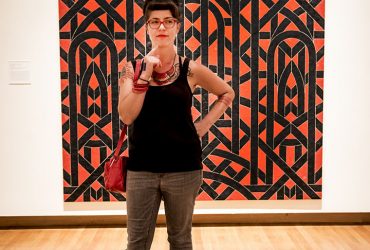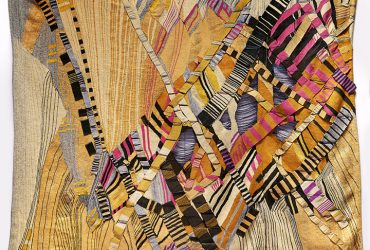Disorderly Conduct: American Painting and Sculpture, 1960-1990
From the Collection
The decade immediately following World War II was one of significant artistic achievement in the United States. In the late 1950s, artists took divergent aesthetic paths in reaction to the dominance of Abstract Expressionism, laying the foundation for a plurality of styles that proliferated in the ensuing years. Drawn primarily from the Nasher Museum’s collection, Disorderly Conduct: American Painting and Sculpture, 1960-1990 presented some of the varied artistic approaches developed during that time. Many works were on view for the first time.
By 1960, Abstract Expressionism gave way to the reductive geometries of Minimalism and the appropriated imagery of Pop Art, catalyzing innovative styles and new “-isms,” reflected throughout this exhibition. Artists pushed abstract painting in new directions, such as post-Minimalism in the 1970s and neo-Expressionism in the 1980s. Concurrently, many artists were influenced by photography and relied on the medium in meticulously rendered scenes of everyday life using a hyper-real technique known as Photorealism.
This exhibition included an eclectic mix of artists who explored craft and issues of feminism, found inspiration in the ornamental traditions of non-Western cultures and embraced an expressive type of representational painting that became known as New Realism. In doing so, these artists were directly challenging established artistic conventions. Organized in a loosely thematic fashion, Disorderly Conduct illustrated an array of stylistic and conceptual artistic practices characteristic of this dynamic period.
Disorderly Conduct: American Painting and Sculpture, 1960-1990 was organized by Marshall N. Price, Nancy Hanks Curator of Modern and Contemporary Art. This exhibition was supported by the A. Courtney Shives Endowment Fund.
TOP: Silvia Heyden, Hurricane (detail), 1979. Silk and linen, 80 3⁄4 × 94 1⁄4 inches (205.1 × 239.4 cm). Collection of the Nasher Museum. Gift of Mary D.B.T. Semans and James H. Semans, M.D. © Estate of Silvia Heyden. Photo by Peter Paul Geoffrion.












